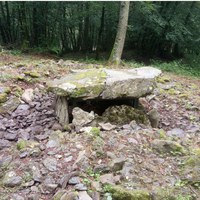1.- Gizaburuaga
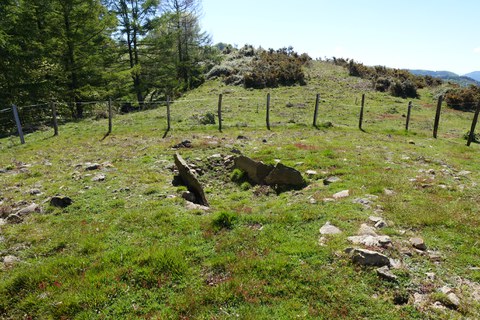
Measurements
The tumulus has a diameter of 11 meters and a height of 0.5 meters. The upright slab is 1.7 metres long, 0.5 metres high and 0.2 metres thick. The slab that was fallen over is 1.6 meters long, 1.1 meters wide and 0.2 meters thick. After reconstruction, the dimensions of the chamber are 1.7 X 1.6 meters.
Research
It was discovered by J.M. Barandiaran in 1920, but it was not excavated. During 2016 and 2017, J. Tapia carried out an archaeological excavation and reconstruction work. The structure has been published in several research papers: Aranzadi, Barandiaran and Eguren (1922), J. M. Barandiaran (1953), J. Elósegui (1953), Archaeological Maps of Gipuzkoa (1982, 1990), J. M. Apellániz (1973).
Findings
77 ceramic shards of at least 4 different vessels, one of which has been almost completely rebuilt; 12 flint pieces (a scraper, a slab, three retouched pieces, 7 laminar fragments and a core); 8 quartz glass pieces (rock crystal); an archer's bracer; 8 stone necklace beads; a sharpening stone; 5 metal ornaments; fragments of carbonized human remains (more than 100 fragments); charcoal.
- Type
- Dolmen
- Date
- Neolithic-Bronze Age (4,000-1,500 B.C.)
- Town
- Elgoibar - Soraluze
- Location
Between Atxolin and Karakate, in a flat area located to the northwest of Idoia.
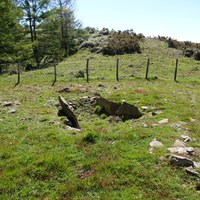
1.- Gizaburuaga
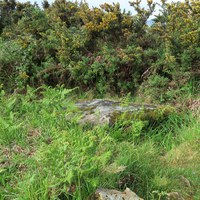
2.- Idoia (Iruia)
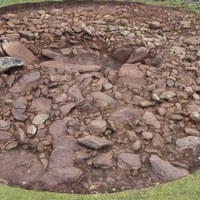
3.- Sabua
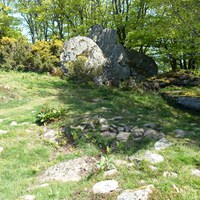
4.- Atxolin
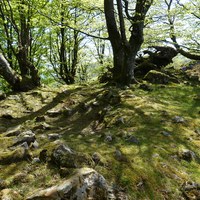
5.- Atxolintxiki I
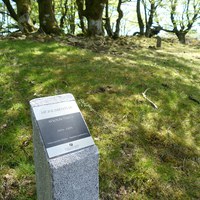
6.- Atxolintxiki II
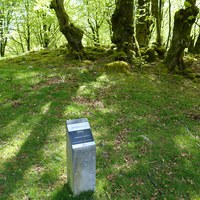
7.- Azkoin
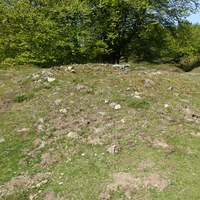
8.- Pagobedeinkatua
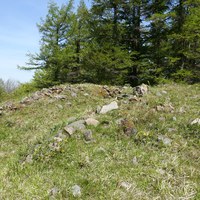
9.- Nasikogoena
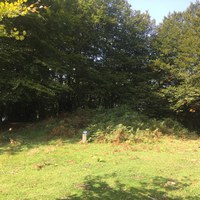
10.- Kurutzebakar
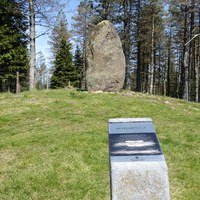
11.- Arribiribilleta
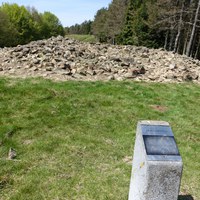
12.- Irukurutzeta
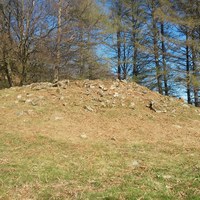
13.- Aizpuruko zabala
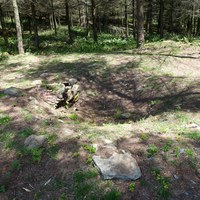
14.- Kerexeta
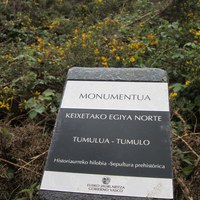
15.- Kerexetaegia Iparrekoa
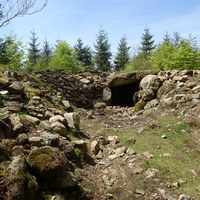
16.- Kerexetaegia Hegokoa
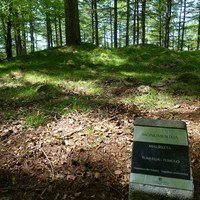
17.- Maurketa
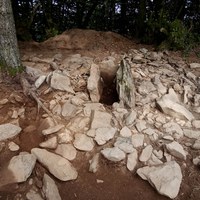
18.- Frantsesbasoa
